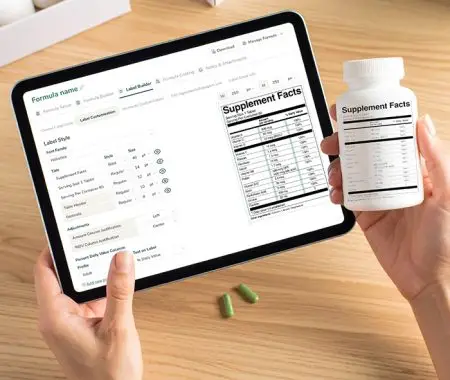On October 1, 2021, a new law went into effect in the United Kingdom that requires all restaurants and catering companies to label any food item that contains one of the top 14 allergens. The law is called Natasha’s Law, after Natasha Kravitz, a young woman who died from an allergic reaction to peanuts. Complying with Natasha’s Law can seem daunting, but it’s important for the safety of customers with food allergies. In this blog post, we’ll explain what you need to do to make your restaurant or catering company compliant with Natasha’s Law.
The most common allergens are:
- Celery
- Cereals containing gluten – including wheat (such as spelt and Khorasan), rye, barley and oats
- Crustaceans – such as prawns, crabs and lobsters
- Eggs
- Fish
- Lupin
- Milk
- Molluscs – such as mussels and oysters
- Mustard
- Tree nuts – including almonds, hazelnuts, walnuts, brazil nuts, cashews, pecans, pistachios and Macadamia nuts
- Peanuts
- Sesame seeds
- Soybeans
- Sulfur dioxide and sulphites (if they are at a concentration of more than ten parts per million)
What is Natasha’s Law of allergen labeling?
Natasha’s Law of allergen labeling requires that any food product that contains one or more of the allergens listed above must be labeled with a clear and conspicuous statement indicating that the product contains that allergen.
How Can you comply with Natasha’s Law?
There are several ways to comply with Natasha’s Law. The most common is to use descriptive labeling, which is stating the name of the allergen in the ingredient list. For example, if a product contains milk, the label would say “Ingredients: Milk”.
You can also calculate the nutrition value of your food product by using a nutrition label calculator. This will help you determine the calories, fat, saturated fat, cholesterol, sodium, carbohydrates, fiber, and protein content of your product.
The new allergen labeling legislation is important because it will help to keep people with allergies safe. It is also a good idea to label your products even if you are not required to by law, as it will make it easier for your customers to make informed choices about what they eat.
If you are a food business, the new allergen law will apply to you. This includes restaurants, cafes, takeaways, caterers, and manufacturers of food products. You will need to make sure that your products are labeled correctly and that you have procedures in place to deal with any inquiries from customers about allergens.
Creating food nutrition labels can be a daunting task, but it is important to make sure that you are in compliance with Natasha’s Law in the United Kingdom. By using symbols or descriptive labeling, you can ensure that your product is safe for consumers with allergies. And by using a nutrition label calculator, you can provide accurate information about the nutritional value of your product.
If you’re unsure about how to create nutrition labels, there are various template designs available on Food Label Maker. You can also get in touch with one of our nutrition experts who will be able to advise you further.



